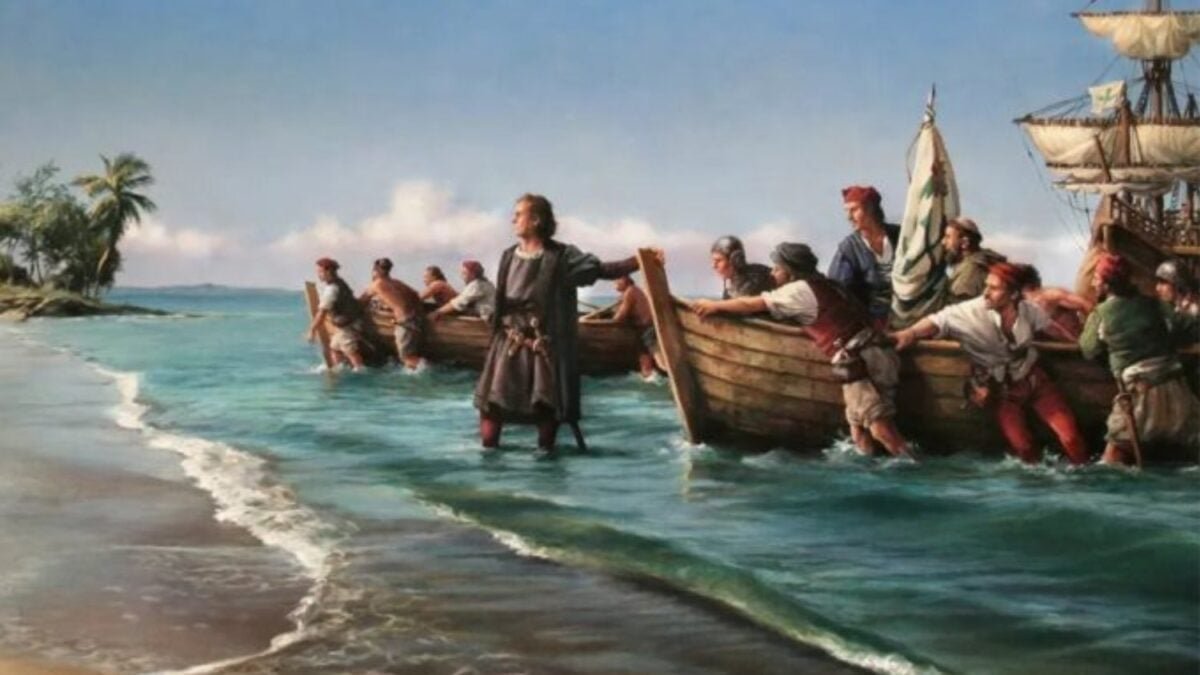The Ocean’s Ancient Highways: Discovering Invisible Currents.

In 1492, when Columbus set sail in search of a new route to Asia, the greatest challenge was not the distance, but the invisible. The Atlantic Ocean, unknown to Europeans, was a vast expanse of uncertainty. Unbeknownst to Columbus, he was about to discover something much larger than a continent: the marine highways that still connect hemispheres and maintain the planet’s balance.
The sea as the compass of destiny
When Columbus departed from the port of Palos in August 1492, he was not only sailing towards an unknown continent. He was sailing upon an invisible force. Columbus, who had learned from the Portuguese voyages around Africa, knew that the Atlantic was not an empty void but a living machinery. That’s why he decided to head southwest first, to the Canary Islands, to be pushed by the northeast trade winds and the North Atlantic Current, an ocean flow that we now know connects Europe with the Caribbean.
The current that took him and the one that brought him back
In February 1493, Columbus decided to head north until he found the westerly winds and the Gulf Stream, which transports warm waters from the Caribbean to Europe. That maneuver, guided by pure observation, brought him back home. Unbeknownst to him, he had discovered the circular structure of the Atlantic, a gigantic subtropical gyre that still propels ships, whales, and storms. That pattern—heading south to cross, heading north to return—became the Trade Winds Route, the maritime highway of commerce for more than three centuries.
Science born of observation
He noted the wind direction, the water color, the presence of birds or algae. In his journal, he describes for the first time the Sargasso Sea, a vast expanse covered with golden algae where the waters seem motionless, but in reality, are the core of the great Atlantic gyre. Without electronic compasses or knowledge of deep currents, Columbus used pure intuition and experience to navigate the ocean.
From caravels to satellites
Five centuries later, scientists have confirmed what the sailors of the 15th century only suspected: the oceans function as an interconnected system of liquid highways, driven by the Earth’s rotation and the temperature difference between the equator and the poles. The currents of the Atlantic are part of a global network that transports heat and energy, but climate models show signs of weakening in the system, possibly due to global warming and polar ice melting.
The sea that never stops moving
Columbus’ journey was a feat of navigation, yes, but also a story of how humans learned to read the forces of the planet. Those currents that once carried wooden caravels are still circulating today under transatlantic ships, satellites, and submarine cables. The ocean has not stopped speaking. It just changed the language: once understood by sailors, now deciphered by climatologists. And perhaps the deepest lesson is that the Earth already knew how to connect us long before we learned to measure it.






